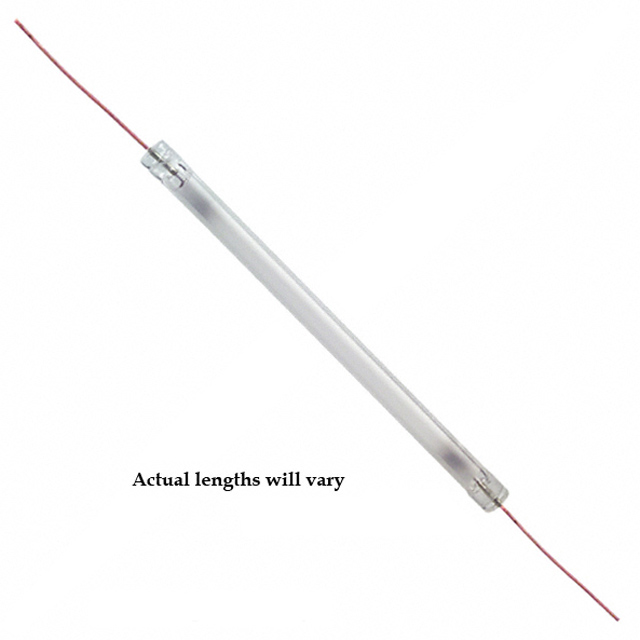LM2638: Features: ·Provides 3 regulated voltages·Power Good flag and output enable·Charge pump pin Switching Section·Synchronous rectification·5-bit DAC programmable down to 1.3V·Typical ±1% DAC tolerance·S...
floor Price/Ceiling Price
- Part Number:
- LM2638
- Supply Ability:
- 5000
Price Break
- Qty
- 1~5000
- Unit Price
- Negotiable
- Processing time
- 15 Days
SeekIC Buyer Protection PLUS - newly updated for 2013!
- Escrow Protection.
- Guaranteed refunds.
- Secure payments.
- Learn more >>
Month Sales
268 Transactions
Payment Methods
All payment methods are secure and covered by SeekIC Buyer Protection PLUS.

 LM2638 Data Sheet
LM2638 Data Sheet








